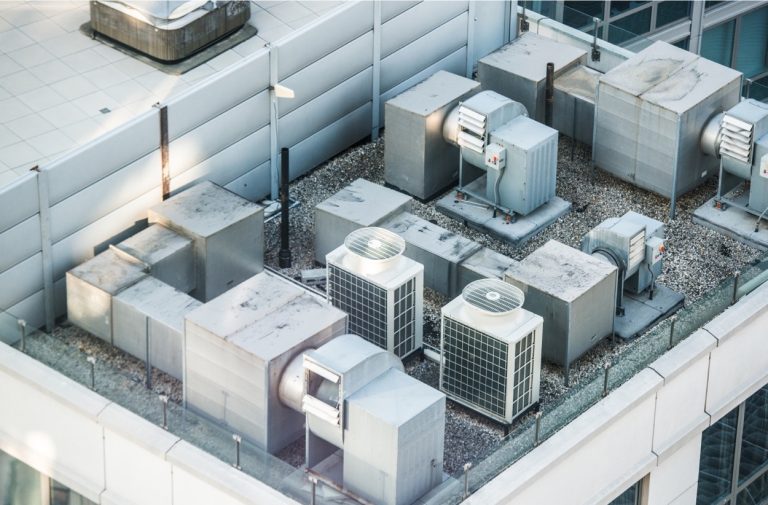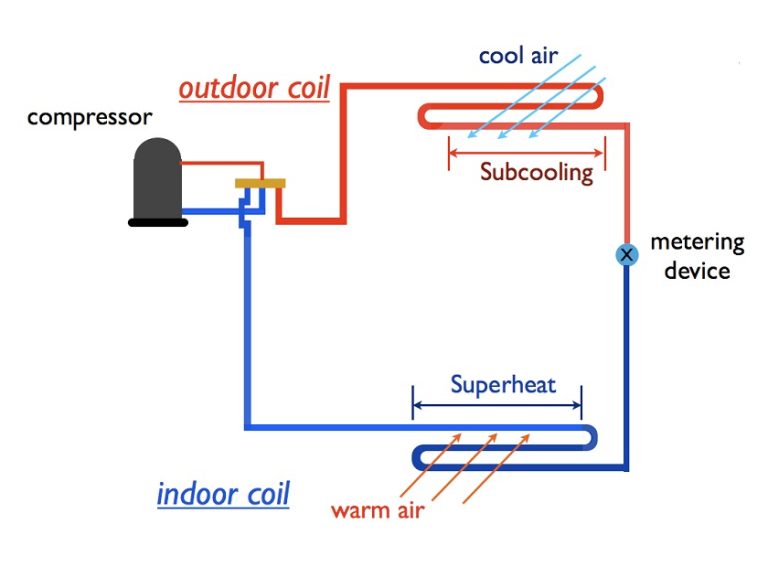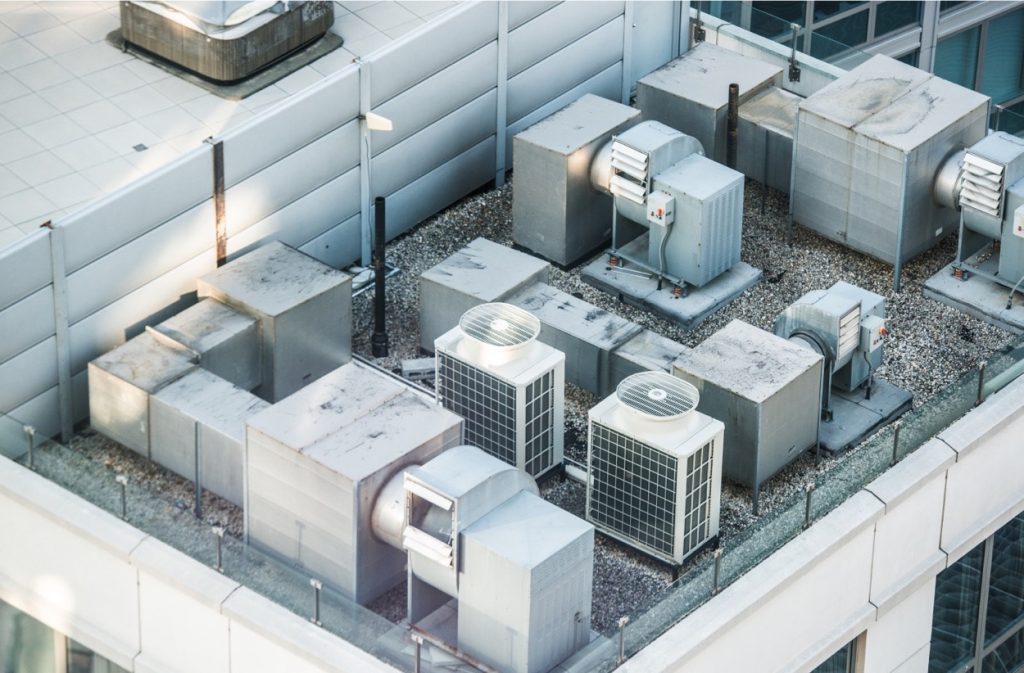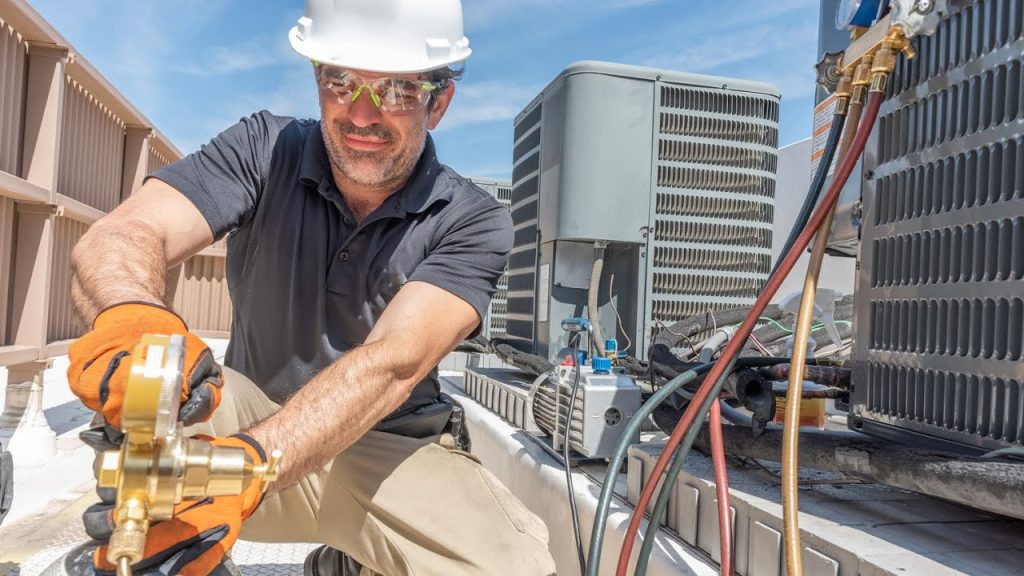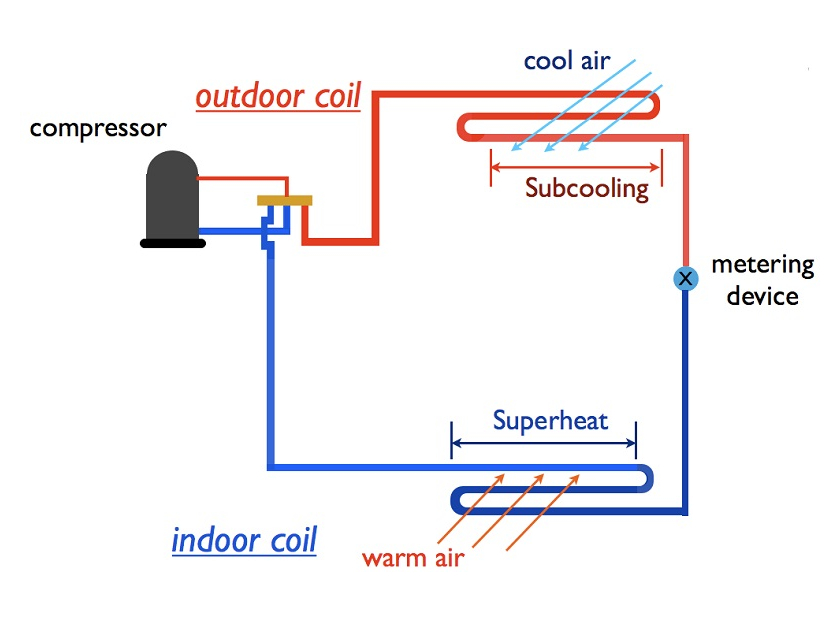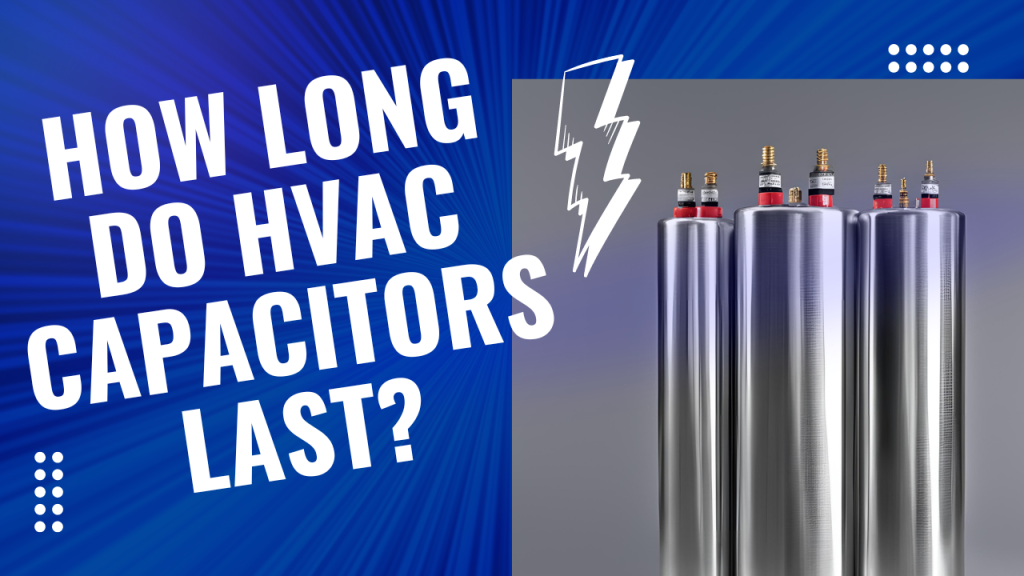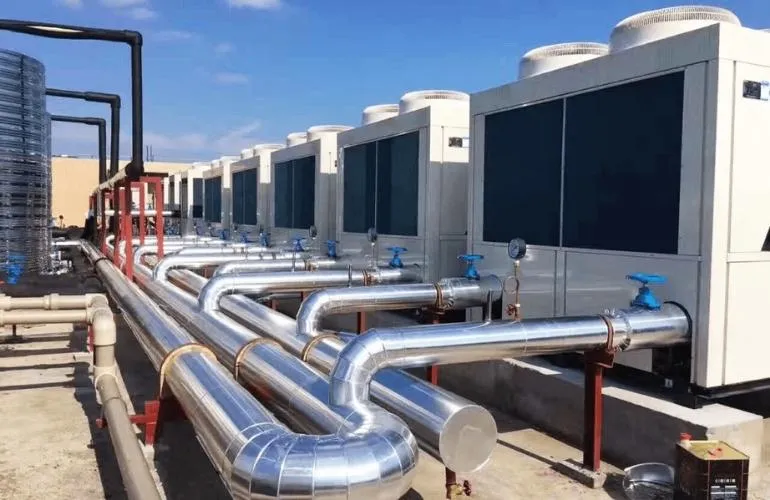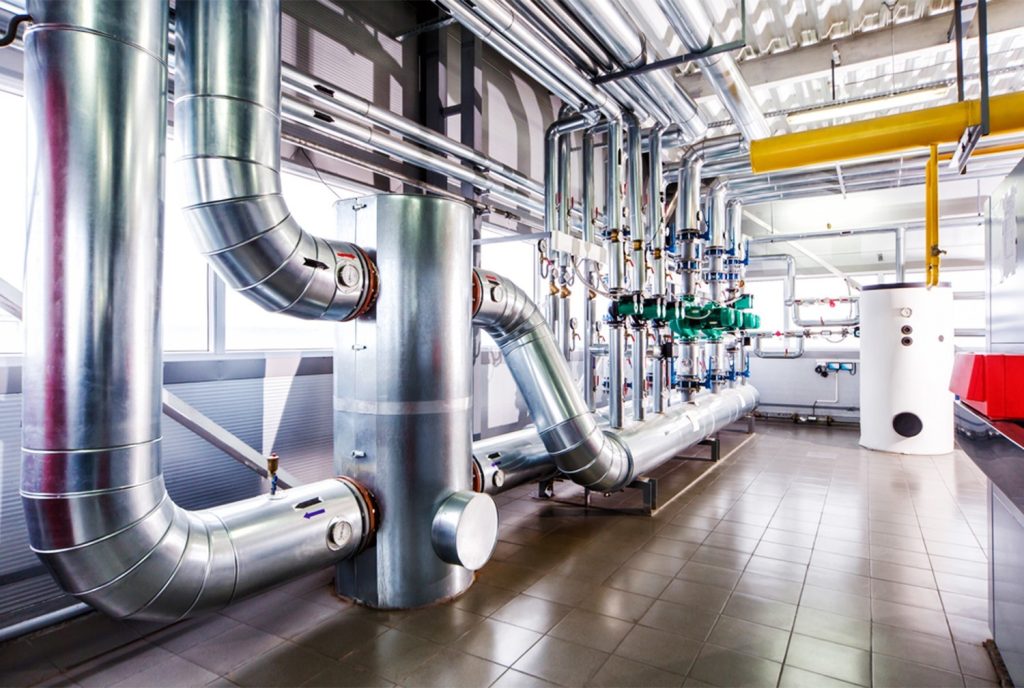As winter approaches, it is important to take steps to protect an air conditioner from potential damage caused by harsh weather conditions. If you are wondering how do you protect an air conditioner in the winter then you are in the right place. In this comprehensive guide, we’ll explore the best methods to protect your air conditioner in winter, avoiding common mistakes, and ensuring your unit is ready to work efficiently once the warm weather returns
How Not to Cover An Air Conditioner In The Winter?
Many homeowners make the mistake of wrapping their air conditioner units in plastic during the winter months. While this might seem like a straightforward method of protection, it’s actually one of the worst things you can do. Plastic covers trap condensation, which can lead to rust and mold growth. The trapped moisture creates an ideal environment for mold spores to thrive. In addition, plastic covers can attract unwanted critters seeking warmth and shelter, potentially causing further damage to your unit. Instead of using plastic, it’s essential to use materials that will protect without promoting moisture buildup or critter intrusion
How Do You Protect An Air Conditioner In The Winter? The Best Way

To effectively protect your air conditioner, consider the following tips:
1.Use a cover made of breathable material for air circulation and moisture prevention.
2.Place a piece of plywood on top, secured with bricks or rocks, to guard against snow and debris.
3.Install a wood awning or shelter for permanent protection from snow and ice.
4.Plant shrubs around the unit for natural wind and snow protection, ensuring adequate airflow.
5.Build a DIY shelter, ensuring proper clearance for summer operations.
6.Regularly inspect and clean the unit, removing any debris that could potentially cause damage.
By following these tips, you can effectively protect your air conditioner from winter elements without causing harm to the unit. It’s essential to remember that covering your unit alone is not enough; regular maintenance and cleaning are crucial for optimal performance when temperatures begin to rise.
Preparing Your Air Conditioner for Spring
Come spring, it’s time to prepare your air conditioner for another round of hard work. Setting your unit on a concrete slab can protect against flooding and overheating. An awning, as mentioned earlier, not only provides winter protection but can also shield from intense summer sun. As temperatures rise, make sure to clean the coils and perform preventative maintenance. This includes checking electrical connections, cleaning or replacing filters, and ensuring that the refrigerant levels are adequate. These steps will help avoid breakdowns, ensure efficiency, and save on energy costs

Why Covering up Your Outdoor Air Conditioner in Winter important?
It’s crucial to cover your outdoor air conditioner in winter to protect it from damage caused by harsh weather conditions and debris. Wind-blown leaves and debris can get caught in the sensitive fins of your air conditioner’s condenser coil, which can hinder its ability to release heat and cool your space effectively. Snow accumulation can encase the unit, and while light frost is usually harmless, thick layers of snow or ice can damage fan blades and coil fins.
Additionally, ice can form from dripping water, causing expansion damage to the unit’s delicate components.Understanding these risks underscores the importance of taking protective measures, ensuring your air conditioner remains in optimal condition throughout the winter months.

Frequently Asked Questions
1. Can I leave my air conditioner uncovered during the winter?
While it might be tempting to skip covering your air conditioner, doing so exposes it to potential damage from debris, snow, and ice. Covering it properly protects the unit and prolongs its lifespan.
2. How often should I inspect my air conditioner during winter?
It’s good practice to check your air conditioner at least monthly during the winter to ensure that
the cover is intact and that no debris has accumulated around the unit.
3. What materials should I avoid when covering my air conditioner?
Avoid using plastic or non-breathable materials, as they trap moisture and can lead to rust, mold,
and other issues. Opt for a cover made of breathable fabric instead.
4. Can plants around the air conditioner affect its performance?
Plants can provide natural protection from wind and snow, but they should be trimmed regularly to maintain adequate airflow and ensure they don’t obstruct the unit’s operation.
5. Is professional maintenance necessary before winter?
While not mandatory, professional maintenance can identify potential issues before they become major problems, ensuring your air conditioner is ready for the next cooling season
Conclusion
Protecting your air conditioner in winter is a crucial step in maintaining its performance and longevity. By avoiding common mistakes, such as using plastic covers, and employing the right protective measures like breathable covers and awnings, you can ensure your unit remains inn excellent condition year-round. Regular maintenance and preparation for the spring season further enhance its efficiency and effectiveness. Whether you’re a homeowner,
HVAC professional, or DIY enthusiast, following these tips will help keep your air conditioner running smoothly for years to come. For more guidance and personalized advice, consider reaching out to an HVAC expert who can provide tailored solutions to meet your specific needs.

